While the rest of the world is thinking about buying plots and settling on the moon, there exist some tribes who still map their way by studying the stars. For decades, these indigenous tribes have shunned all contact with outside world. They even react violently when people from the outside try to contact them. Since they live in voluntary isolation, they are in a constant danger of disappearance. Below is the list of 10 lost tribes who are virtually untouched by modern civilization.
1. Kawahiva – Indigenous tribe of Brazil.
The Kawahiva is a nomadic hunter-gatherer tribe that lives near the city of Colniza in Mato Grosso, Brazil. Before 1999, their existence was not known to the outside world. That’s because Kawahiva people change their residence at the slightest sign of approach by foreign people. Their existence came to be known from the physical evidence they left behind, such as arrows, hammocks, baskets, and communal houses.
At one time, Kawahiva people used to live a more settled life. This is evident from some old clearings in the forests. Several generations ago, the Kawahiva people used these cleared forest lands to cultivate crops such as manioc and corn. But for the past 30 years, they have been fleeing due to constant attacks. Illegal logging and deforestation are a great threat to them. There are also instances when outside people have tried to kill or enslave them. To protect the Kawahiva people, in 2001, the Brazilian government put the tribe’s land under local protection.(1,2,3,4)
2. Taromenane – Indigenous tribe of Yasuni National Park, Ecuador.
The Taromenane are the uncontacted, lost tribe of Ecuador. They live in the Yasuni National Park situated in the heart of Amazon rainforest. They maintain a nomadic lifestyle. It is estimated that there are about 150-300 surviving Taromenane, but the actual population is unknown.
Taromenane people have maintained their voluntary isolation through a lot of struggles. In the past, they have fought off Catholic missionaries by attacking them with blowpipes and spears. But now, they are facing a major threat from illegal loggers and from the petroleum firms who are drilling wells in the Yasuni National Park.(1,2,3,4)
3. Passé tribe – Indigenous tribe of Río Puré National Park, Colombia.
The Passé are uncontacted people of Colombia who live in the deep Amazonian rainforest of South America. According to Roberto Franco, a Colombian expert on Amazon Indians, the tribe encountered outside civilization for the first time about half a millennium ago. During that period, Spanish explorers in pursuit of El Dorado (the mythical city of gold) entered the residential area of this tribe. To escape the Spanish and Portuguese slave traders, Passé people migrated to Putumayo.
In 1900, when the rubber boom came, the Passé tribe again took flight into a deeper part of the rainforest. This was noted by the German ethnologist Theodor Koch-Grünberg who traveled between the Caquetá and Putumayo Rivers in 1905. Along Puré, a tributary of the Putumayo, he saw the abandoned houses of these people. For some time, the Passé peoples vanished and experts believed they were driven to extinction. But after the disappearance of a fur trader and his guide from this area in 1969, experts came to know that the tribe still exists.
To protect this indigenous tribe, Colombia has set up the Río Puré National Park. The whereabouts of the Passé tribe is constantly monitored. Experts are trying to pinpoint their exact location so that they can be protected from gold miners, narcotics traffickers, loggers, and settlers.(source)
4. Sentinelese – Indigenous tribe of Andaman Islands, India.
In the North Sentinel Island in the Andaman Islands of India, there exists a semi-nomadic tribe who have resisted all contact with outside world. These people are known as the Sentinelese. The Sentinelese people do not cultivate crops and are essentially hunter-gatherers. They don’t even know how to create or use fire.
The first recorded contact with the Sentinelese people was in January 1880. It was an armed British expedition which resulted in the capture of an elderly Sentinelese couple and their four children. The elderly couple became ill and died, and the children were given gifts and allowed to return to the island. From 1967 to 1990, the Indian government made several attempts to contact the Sentinelese people. But almost during all the attempts the islanders turned hostile and fired arrows.
After the tsunami of 2004, an emergency helicopter flew above the area inhabited by the Sentinelese people. During the flight, a photo of a tribesman was captured who was taking aim with an arrow. This became the proof that the Sentinelese tribe had survived the disaster. Since this tribe had lived in extreme isolation for a long time, they are vulnerable to many diseases. So, any contact with them could result in tragic consequences. The Indian government had now declared it illegal to go within five kilometers of the island.(1,2,3,4)
5. Toromona – Indigenous tribe of Bolivia.
Toromona is an uncontacted tribe of Bolivia living near the upper Madidi and Heath Rivers. These people are nomadic hunters and gatherers. Since their community has never been located by non-natives, people believe that they may be mythical. But there are a few instances in history where Toromona people are mentioned. During the Spanish colonization of 16th and 17th centuries, ancestors of this indigenous tribe kept the Spanish Conquistadors in check. In 1911, British explorer Percy Harrison Fawcett attempted to find the Toromona tribe but disappeared during the attempt. The same thing happened with the Norwegian biologist Lars Hafskjold during the 1980s.
Indigenous people of this region who have seen Toromona people describe them to be as skillful as monkeys. They are also well known as ruthless killers. They mark their territory with spears and feathers and are fierce towards intruders. If anyone steps into their territory, their chance of survival becomes minimal. That’s why the Toromona people have remained uncontacted for so long.(1,2,3)
6. Himarimã – Indigenous tribe of Brazil.
Along the Piranha River, between the Juruá and Purus Rivers, lives the Himarimã tribesmen. In 1943, it was estimated that there are more than 1.000 individuals in the Himarimã tribe. But currently, the exact population is not known.
The existence of the Himarimã people came to light primarily due to their conflict with neighboring tribes. For a long time, they have avoided contact with other societies. They are not even on friendly terms with their neighboring native tribes. The Himarimã tribe is considered as one of the most isolated and uncontacted tribes, even though for the last 60 years there are instances when they have been in intermittent contact with non-native people.(1,2)
7. Carabayo – Indigenous tribe of Colombia.
In the Colombian Amazon, an area of 2.47 million acres has been declared a protected area. This area between the Caquetá and Putumayo River basins is known as the Rio Puré National Park. Aerial surveys of remote areas in this rainforest have revealed that it is currently home to several indigenous tribes including the Carabayo tribe.
Carabayo people live in longhouses, known as malokas. In the last 400 years, this tribe had a number of intermittent contacts with outsiders. Most of these contacts turned violent as they were attacked by rubber extractors and slave traders. As a result, they have now retreated into a deeper part of the Rio Puré National Park and are living in voluntary isolation.(1,2)
8. Tagaeri – Indigenous tribe of Yasuni National Park, Ecuador.
In the Yasuni National Park lives the uncontacted tribe called the Tagaeri. In the past, they were part of the Huaorani tribe. But in the 1970s, the Huaorani tribe split up due to some differences. A Huaorani named Tagae separated from the main tribe along with his followers, and the Tagaeri tribe was formed. Later, the Huaorani tribe accepted contact with the outside world. But the Tagaeri people continue to fiercely guard themselves against any outside contact.
The last known outside contact with the Tagaeri people was in July of 1987. At that time, oil extractors wanted to drill in the Tagaeri territory, and two missionaries were sent to convince the tribe. But the Tagaeri people attacked and both lost their lives. Subsequently, the tribe abandoned their home and then disappeared deeper into the dense forest.
In the present time, it is estimated that there are only 20-30 surviving Tagaeris. They are heavily threatened by smugglers, illegal loggers, and by oil companies that are setting up operations in the land of these indigenous people.(1,2,3,4)
9. Mashco-Piro – Indigenous tribe of Amazon rainforest, Peru.
The nomadic hunter-gatherer people of the Mashco-Piro tribe inhabit the remote regions of Manú National Park in the Amazon rainforest of Peru. Since they live in the remote areas of the jungle, not much is known about their way of living. Mashco-Piro people have always been hostile towards outsiders and had avoided any contact with non-native people. This rejection of outsiders saved them from being enslaved during the bloody rubber boom of Peru during the late 1800s.
But since the last two to three years, Mashco-Piro people are trying to contact outsiders for unknown reasons. There have been numerous sightings during which these people have emerged from the jungle. They appear along the bank of Alto Madre de Dios River, armed with bamboo arrows. Sometimes they hail boats and ask for food, clothes, and tools from passersby. But not all encounters with outsiders are peaceful. At times they have attacked and even killed outsiders.
The Peruvian government is also trying to establish contact, but the main fear is that these indigenous people don’t have a developed immune system. So, any contact with them may result in a disease which they can’t cure. Also, if they began living outside, they may end up losing their original culture.(1,2,3,4,5)
10. Moxatetéu – Indigenous tribe of Roraima state, Brazil.
In 1992, the Yanomami Park was created in Roraima state as a result of an international campaign which aimed at saving the Yanomami tribe. During the latter half of the 20th century, it was believed that all the Yanomami Indians living in the Brazilian Amazon have been contacted. But later, some photographs of an uncontacted Yanomami tribe emerged. This uncontacted tribe is the Moxatetéu tribe.
Currently, little is known about Moxatetéu people. The area inhabited by these people is now encroached by illegal gold mining. This poses a great threat to the life of Moxatetéu people.
Source : unbelievablefacts.com
Source : unbelievablefacts.com
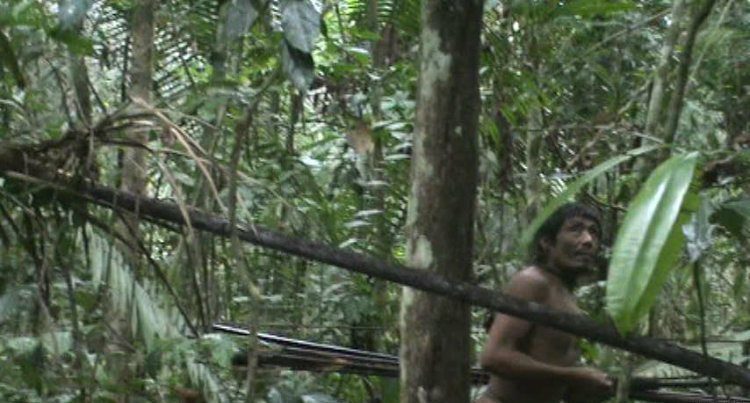

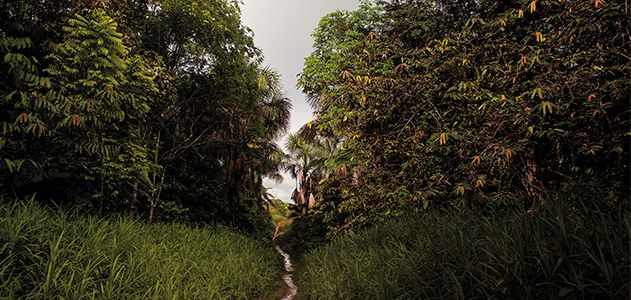

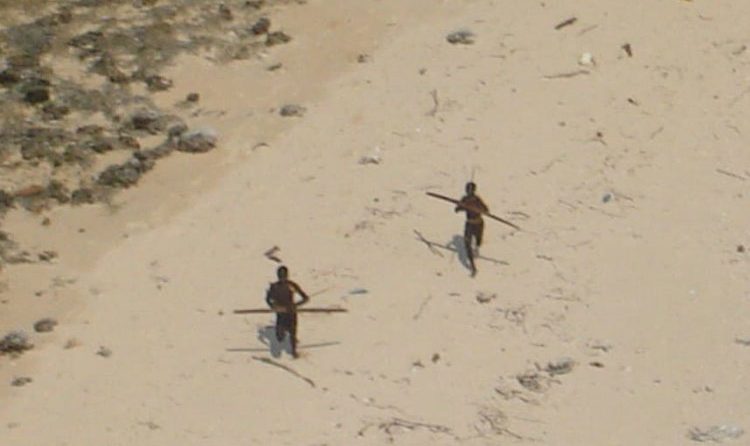
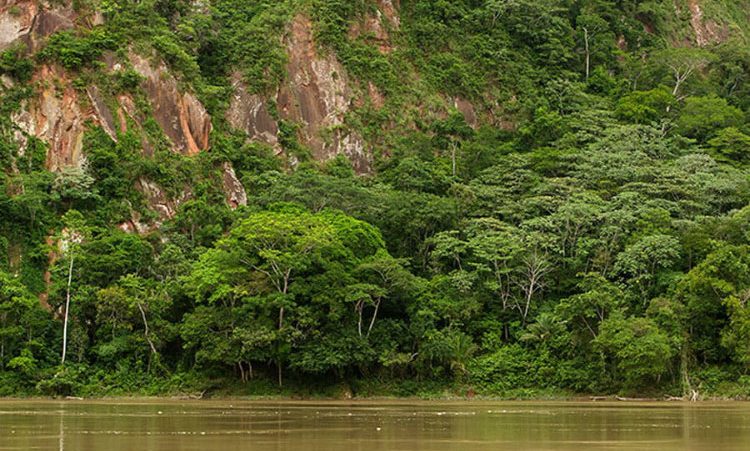
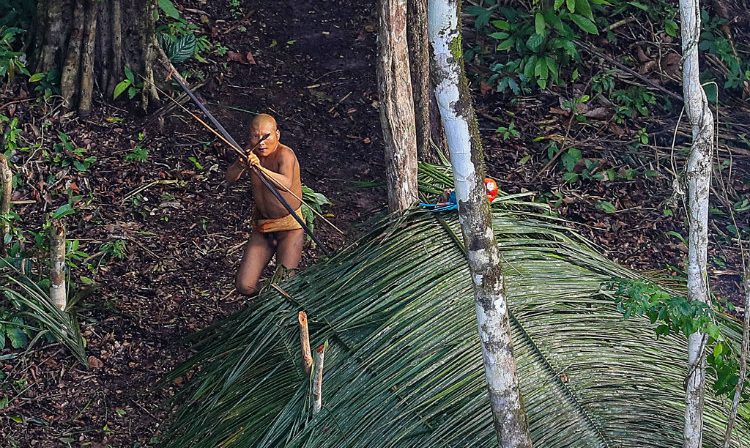


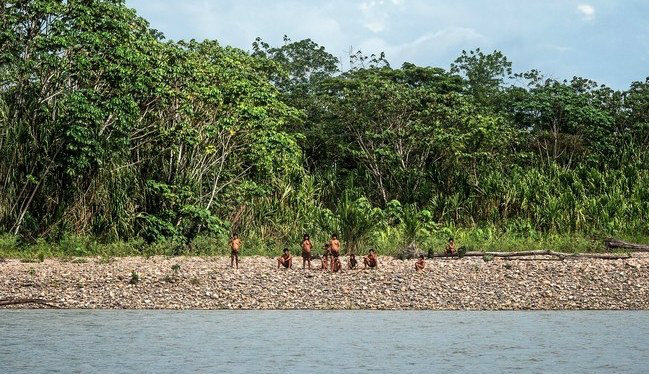
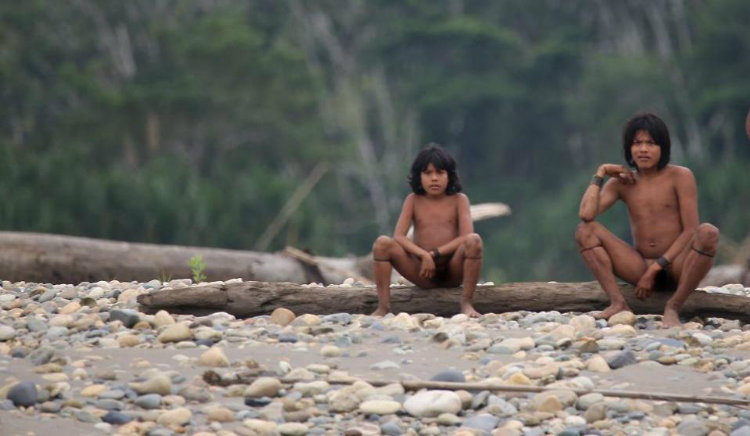
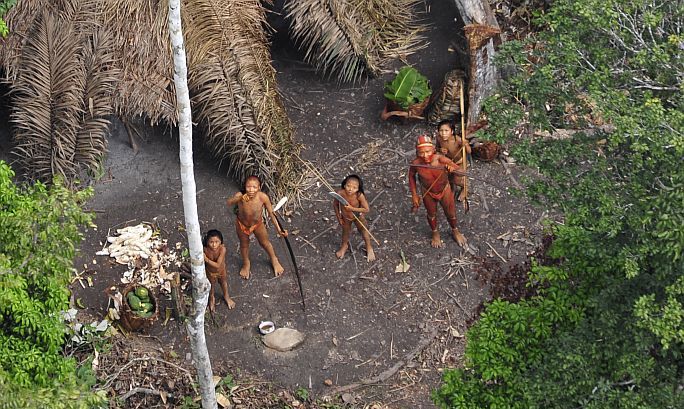
No comments:
Post a Comment